Unfair Dismissal Letter Template for Employees
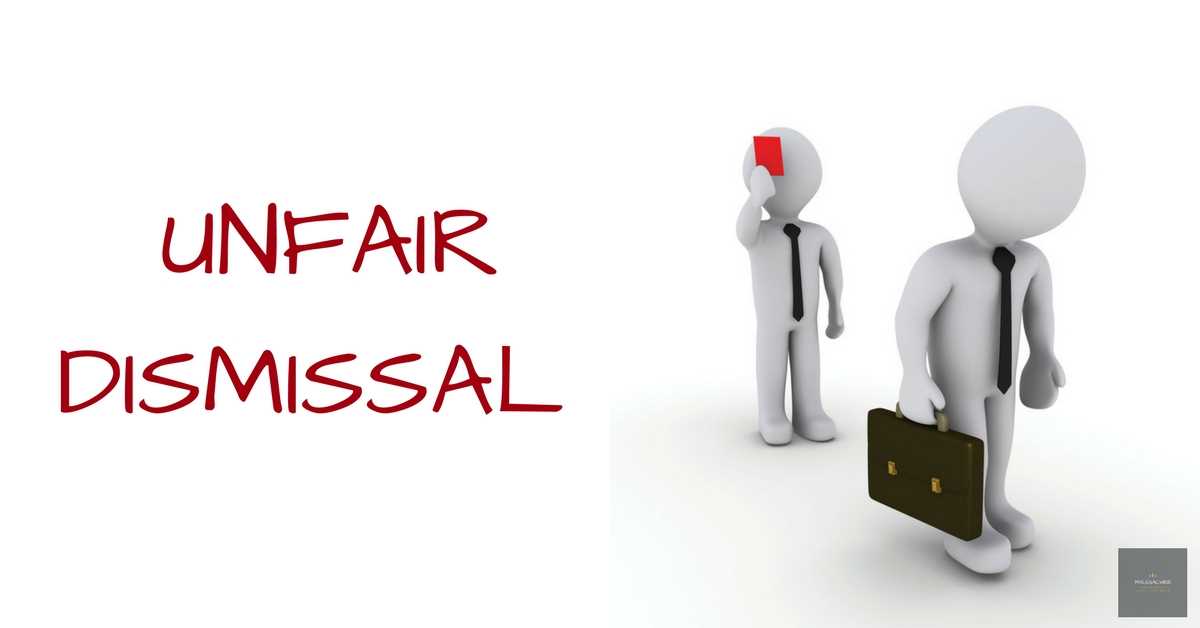
When facing an unjust termination, it is essential to respond appropriately to ensure your rights are protected. A well-crafted formal document can help address the issue and communicate your concerns effectively. This type of correspondence serves as a professional way to contest the decision and seek a resolution. Knowing what to include in such a document can make all the difference in a successful appeal or legal action.
Key Elements to Include
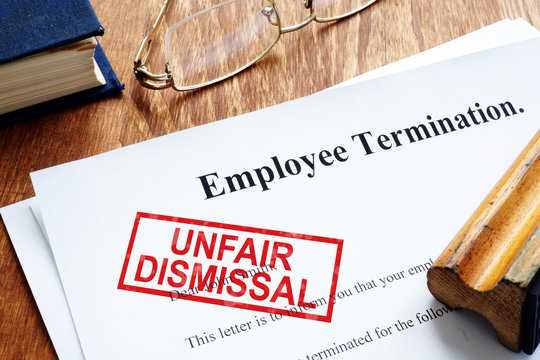
To ensure the document is effective, there are specific points that must be covered. A structured approach will strengthen your case and make your intentions clear.
- Identification of the incident – Clearly state the date and circumstances surrounding the termination.
- Explanation of why the decision is unjust – Provide detailed reasons why you believe the action was taken without valid grounds.
- Request for review – Politely ask for a reconsideration of the decision or an opportunity to discuss the matter further.
- Desired outcome – Clearly state what resolution you are seeking, whether it is reinstatement or compensation.
Common Pitfalls to Avoid
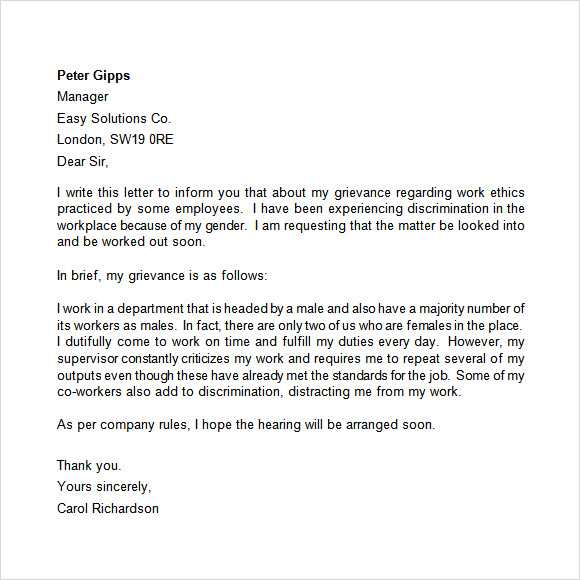
While crafting such a response, it’s crucial to avoid certain mistakes that could weaken your position. These errors are common but can be easily avoided with careful attention.
- Aggressive tone – It’s important to remain professional and calm, even if you feel wronged.
- Unclear reasoning – Avoid vague statements; provide specific evidence to support your claims.
- Excessive demands – Keep your expectations reasonable and focused on what can be realistically achieved.
When to Use Such a Document
This type of written communication should be considered if the termination was abrupt or without a valid cause. If you believe the decision was made unfairly, it’s a good practice to formally dispute the action. If the issue is not resolved through informal communication, this document may be necessary to move forward with legal proceedings or mediation.
Understanding Legal Considerations
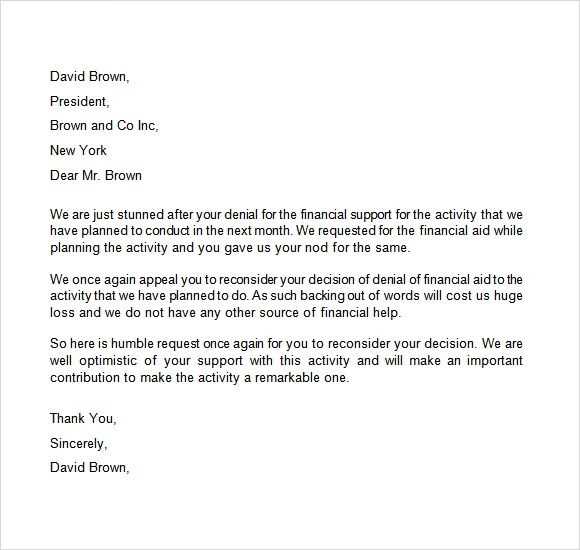
Before taking any action, it’s essential to understand the legal implications. The rights you have depend on the laws in your jurisdiction and the nature of your employment contract. In many cases, such correspondence is the first step in seeking legal redress, either through an employment tribunal or court.
By addressing the situation with a well-thought-out written response, you take the first step in protecting your rights and potentially resolving the issue in your favor.
How to Address Unjust Termination and Its Legal Aspects
When an employee is let go from their position without just cause, it’s important to respond in a formal, clear manner. This type of response communicates dissatisfaction with the decision and requests reconsideration. Understanding the essential parts of such communication can help you construct a response that is both professional and effective in resolving the issue.
Key Components of the Document
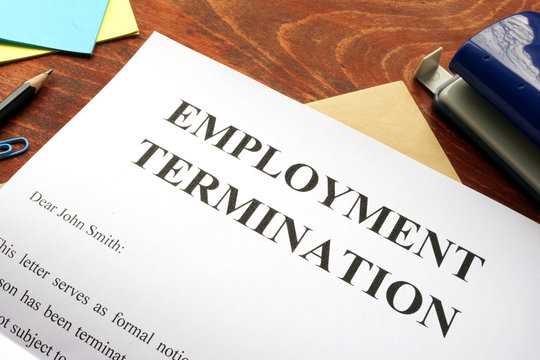
A well-structured response should cover the following important aspects:
- Context and Incident Description – Include the circumstances and date of termination.
- Reason for Disagreement – Clearly state why the decision was unjust and provide supporting evidence, such as company policy or legal protection.
- Request for Action – Politely request that the decision be reconsidered or reviewed by the appropriate party.
- Resolution Desired – Outline the outcome you seek, such as reinstatement, compensation, or an amicable settlement.
Common Mistakes to Avoid
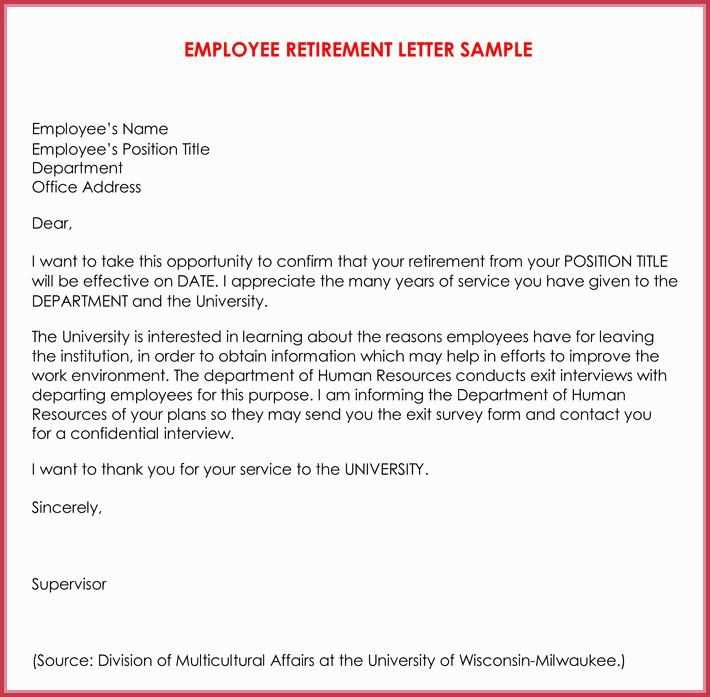
While writing your response, it’s essential to avoid several common pitfalls that could harm your case:
- Too Emotional – It’s important to stay calm and professional; an overly emotional tone can weaken your argument.
- Lack of Clarity – Avoid vague or general statements. Be specific about why you believe the termination was unjust.
- Unrealistic Demands – While it’s important to seek a fair resolution, setting unreasonable expectations may make it harder to reach an agreement.
Understanding when to send this type of communication is also crucial. If informal discussions with your employer don’t lead to a satisfactory outcome, this formal response may be necessary to move forward. Be sure to keep a record of the document and send it through the appropriate channels.
Lastly, it is important to be aware of the legal aspects related to wrongful termination. Employment laws vary by region, so it’s essential to understand your rights and consult legal advice if needed to protect yourself and seek appropriate remedies.